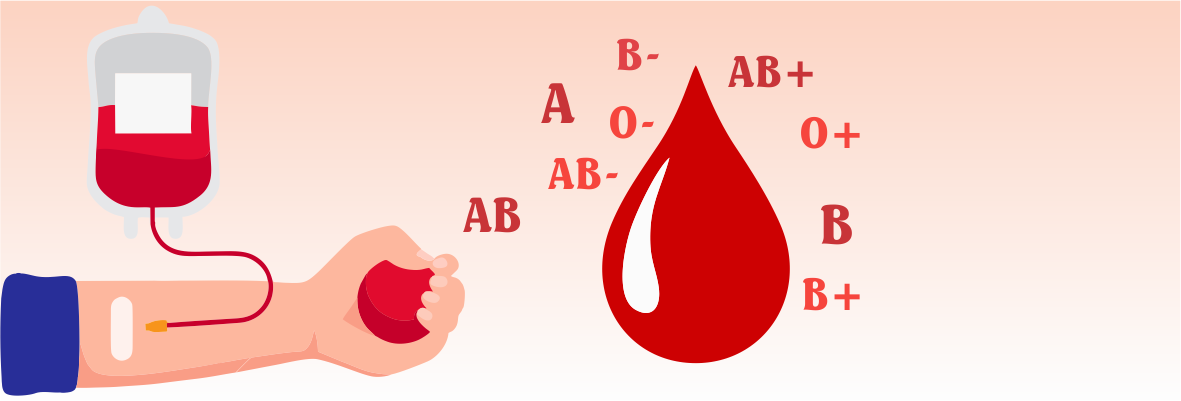Blood Grouping and Transfusion
It would be hard to imagine any test or Diagnosis of any ailment done in today’s world without knowing the Blood group of the patient. Blood typing has become an integral part of the current diagnostic protocol and forms the backbone of any pre-surgical tests. Today, the human blood group system comprises 38 distinct blood groups listed in the International Society of Blood Transfusion. They are classified based on cell surface antigens and their combinations. They are controlled by specific genes which do not recombine with each other. It rarely changes in lifetime, and if it occurs, it could be due to suppression of blood group antigen, mutation, or autoimmune disease. The blood group is unique to each individual.
The most common of all the blood types are the ABO Blood Groups, first introduced by Karl Landsteiner in 1901. If not appropriately grouped, then the ABO system and the other nine blood systems can cause fatal hemolytic reactions and hemolytic disease for the fetus and newborn. In the ABO system, the subgroups have been made on the presence or absence of anti-A, anti-B, anti-A1, anti-H, and anti-HI in serum, the reactive differences between RBCs with anti-A, anti-B, anti-A1, and anti-H, and the presence of A, B, H substances in the saliva of ABH secretors. In India, for the majority of the cases, the ABO and D status is recorded for compatibility with the recipient. However, it is crucial to know the phenotype of specific blood group antigens of the donor’s RBCs where the alleles could be critical for autoimmune diseases. It is paramount to conduct all transfusion and blood typing at room temperature as all the components are active at 37°C. To avoid errors in subgroups typing, one should always identify them specifically during red cell typing, i.e., for A and B antigens of red cells and serum typing to test serum antibodies against RBCs. The Anti-A1 antibody is rare in the serum of A2 and A2B individuals and holds great clinical significance. In many rural areas, the routine subgrouping of all A and AB blood groups is a significant challenge. There are discrepancies, incompatibility of subgroups. There may be the occurrence of transfusion defects and rare blood groups. Also, other phenotypic alterations are underreported.
J Mitra & Co. is a pioneer in the diagnostic industry and has been pivotal in providing affordable and reliable diagnostic solutions for a holistic treatment to the common mass. The company has developed and manufactured state-of-the-art reagents for Blood Grouping and Typing, consisting of 12 major reagents in the Antisera range. Apart from the monoclonal antibodies of the ABO system, the range also consists of Coomb’s antisera, Anti-A1 lectin, Anti-H lectin, and Bovine serum albumin. This Antisera range of J Mitra & Co. is known for its reliability and hence has won the customers’ confidence.


